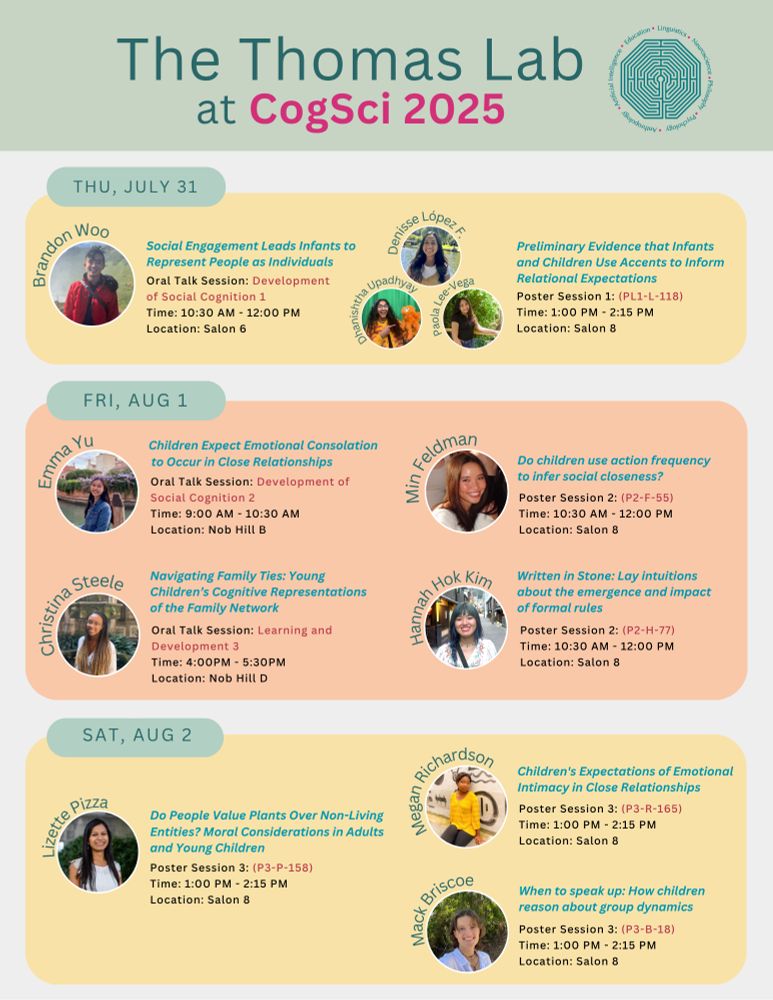Gabor Brody
@gaborbrody.bsky.social
130 followers
130 following
28 posts
Exploring language, concepts, and perception @ Yale
www.gaborbrody.com
Posts
Media
Videos
Starter Packs
Reposted by Gabor Brody
Reposted by Gabor Brody
Reposted by Gabor Brody
Reposted by Gabor Brody
Reposted by Gabor Brody
Reposted by Gabor Brody
Reposted by Gabor Brody
Gabor Brody
@gaborbrody.bsky.social
· Sep 1
Gabor Brody
@gaborbrody.bsky.social
· Sep 1
Gabor Brody
@gaborbrody.bsky.social
· Sep 1
Reposted by Gabor Brody
Gabor Brody
@gaborbrody.bsky.social
· Aug 19
Gabor Brody
@gaborbrody.bsky.social
· Aug 8
Reposted by Gabor Brody
Reposted by Gabor Brody
Alex Wenzel
@alexwenzel.bsky.social
· Jul 30
Reposted by Gabor Brody
Gabor Brody
@gaborbrody.bsky.social
· Jul 27
Reposted by Gabor Brody
Reposted by Gabor Brody
Reposted by Gabor Brody









